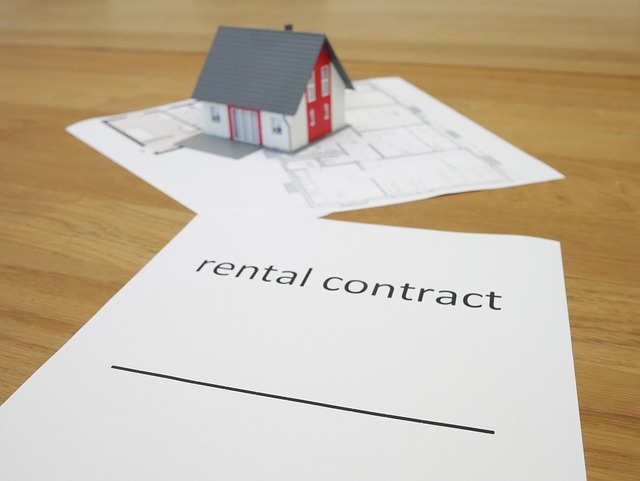House Renovation: Practical Ideas to Improve Comfort and Value
A home renovation is more than a cosmetic change — it’s an opportunity to create a functional, comfortable space suited to modern living. From layout redesigns to energy-efficient materials, thoughtful planning helps homeowners improve daily comfort while increasing long-term property value.

House Renovation: Practical Ideas to Improve Comfort and Value
Home renovation projects offer homeowners the opportunity to create personalized spaces that better serve their lifestyle needs while increasing property value. Smart renovation choices focus on improvements that enhance daily living experiences and appeal to future buyers. Understanding which updates provide the best return on investment helps guide decision-making throughout the renovation process.
Modern Renovation Ideas for Comfort and Value Improvement
Contemporary renovation approaches prioritize functionality alongside aesthetic appeal. Open floor plans continue to be popular, creating seamless transitions between living areas and improving natural light flow. Kitchen islands with built-in storage maximize workspace while providing casual dining options. Master bathroom renovations featuring walk-in showers, double vanities, and improved lighting create spa-like retreats that add significant value.
Smart home integration represents another modern trend, with programmable thermostats, automated lighting systems, and security features becoming standard expectations. These technological upgrades appeal to tech-savvy buyers while reducing ongoing utility costs for current homeowners.
Sustainable Materials and Energy-Efficient Upgrades
Environmentally conscious renovation choices benefit both homeowners and the planet. Energy-efficient windows reduce heating and cooling costs while improving indoor comfort levels. Proper insulation upgrades in attics, walls, and basements create more consistent temperatures throughout the home.
Sustainable flooring options include bamboo, cork, and reclaimed hardwood, which offer durability and unique character. Low-VOC paints and finishes improve indoor air quality, particularly important for families with allergies or respiratory sensitivities. Energy Star appliances consume less electricity and water, reducing utility bills while meeting modern performance standards.
Solar panel installations, though requiring significant upfront investment, provide long-term energy savings and may qualify for tax incentives in many areas.
Room-by-Room Remodeling Examples
Kitchen renovations typically focus on improving workflow through the classic work triangle concept, positioning sink, stove, and refrigerator for optimal efficiency. Updated countertops, cabinet refacing or replacement, and modern appliances transform cooking spaces into gathering areas for families.
Bathroom improvements range from simple fixture updates to complete layout changes. Adding a second bathroom increases home value significantly, particularly in single-bathroom homes. Guest bathrooms benefit from space-saving vanities and efficient storage solutions.
Living room renovations often involve removing walls to create open concepts, updating flooring throughout connected spaces, and improving lighting with a combination of ambient, task, and accent fixtures. Built-in storage solutions maximize space while reducing clutter.
Bedroom updates focus on creating restful environments through improved lighting controls, ceiling fans for air circulation, and adequate storage solutions like walk-in closets or built-in wardrobes.
Small Updates That Create Big Lifestyle Changes
Not all impactful renovations require major construction projects. Fresh paint throughout the home provides immediate transformation at relatively low cost. Updating hardware on cabinets and doors creates a cohesive, modern appearance without full replacement.
Improved lighting makes dramatic differences in how spaces feel and function. Adding under-cabinet lighting in kitchens improves task visibility, while dimmer switches throughout the home create ambiance for different activities.
Landscaping improvements enhance curb appeal and create outdoor living spaces. Simple additions like deck staining, garden bed updates, and pathway improvements make homes more welcoming and functional.
| Renovation Type | Average Cost Range | Expected Value Return |
|---|---|---|
| Kitchen Remodel (Mid-range) | $25,000 - $50,000 | 70-80% |
| Bathroom Addition | $15,000 - $35,000 | 60-70% |
| Window Replacement | $8,000 - $15,000 | 65-75% |
| Deck Addition | $10,000 - $20,000 | 65-70% |
| Attic Insulation | $2,500 - $5,000 | 95-100% |
Prices, rates, or cost estimates mentioned in this article are based on the latest available information but may change over time. Independent research is advised before making financial decisions.
Planning Your Renovation Project
Successful renovations begin with careful planning and realistic budgeting. Homeowners should prioritize projects based on current needs, future plans, and available resources. Obtaining multiple contractor quotes ensures competitive pricing and helps identify potential issues early in the planning process.
Permit requirements vary by location and project scope, so checking with local building departments prevents delays and ensures compliance with safety codes. Timeline planning should account for material delivery delays and potential complications that commonly arise during renovation work.
Renovation projects transform houses into personalized homes while building long-term value. Whether focusing on energy efficiency, modern conveniences, or aesthetic improvements, thoughtful planning ensures renovations meet both immediate comfort needs and future resale considerations. The most successful projects balance personal preferences with proven value-adding improvements that appeal to broad market segments.




